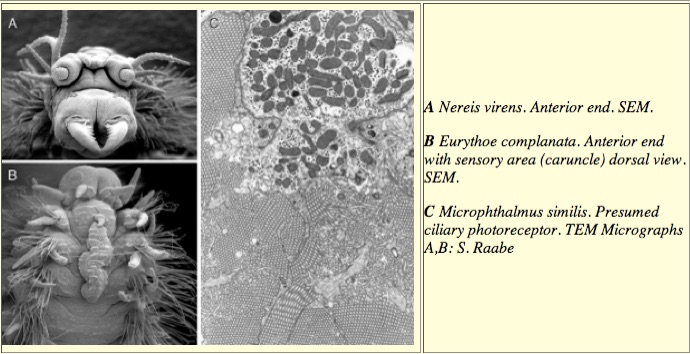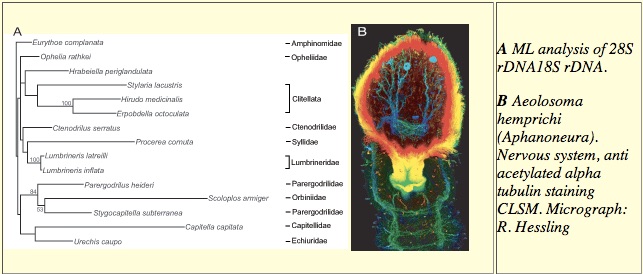Publications Günter Purschke: download Günter Purschke.pdf
Reserach Area: Morphology and Phylogeny
Investigations on evolution, systematics, phylogeny and functional morphology are in the focus of interest. Currently these investigations are carried out on annelids, the segmented worms, and those taxa which are presumed to be closely related to them. Special emphasis is laid to the phylogenetic relationships within and validity of Lophotrochozoa.





